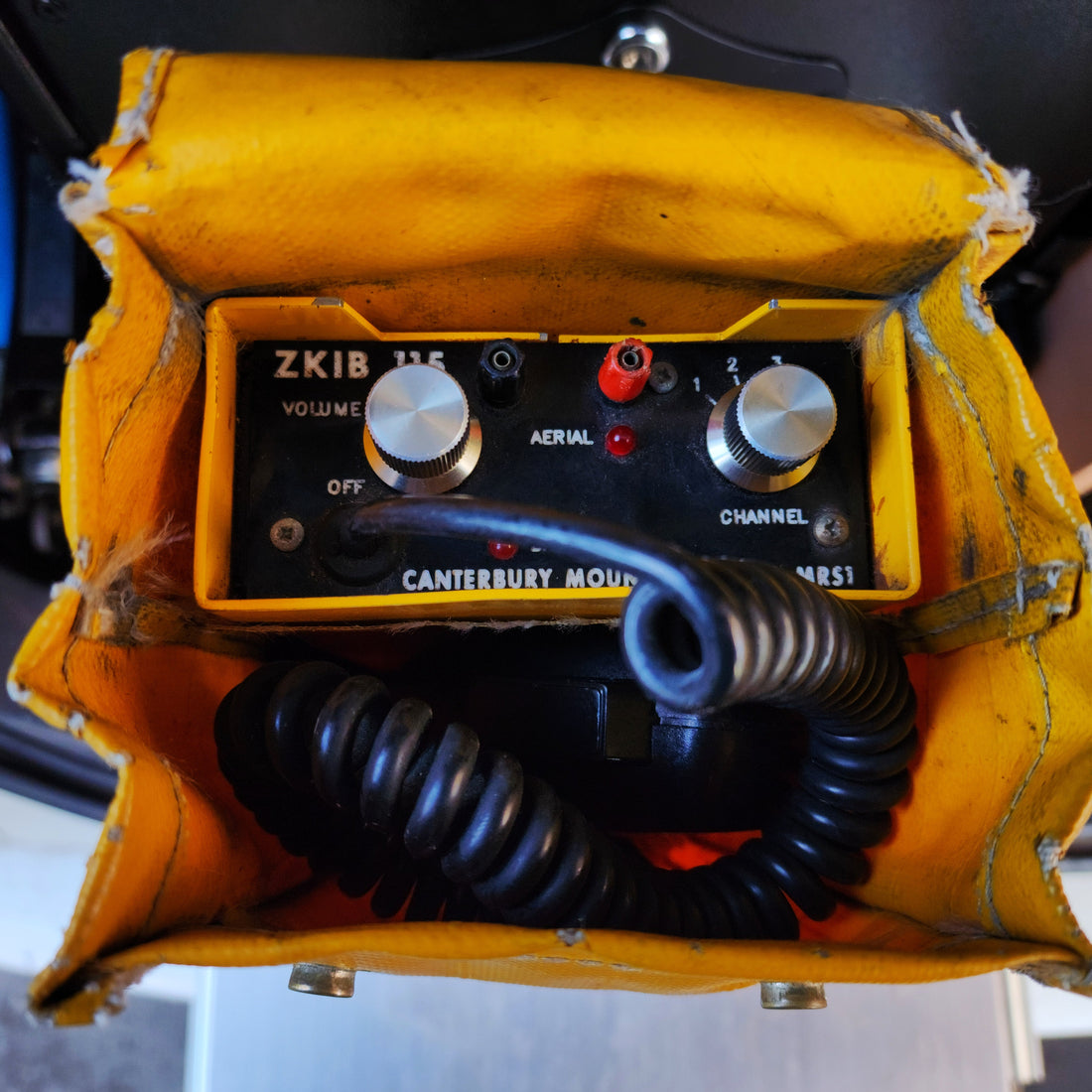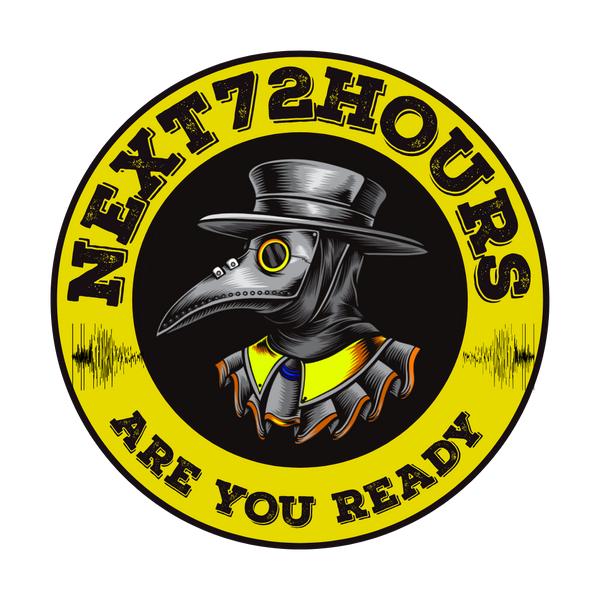
When the Grid Goes Down| The Critical Role of Amateur Radio in Disasters | NZ
Share
When the Grid Goes Down: The Critical Role of Amateur Radio in Disasters

The Quiet Hero of Communication
When disaster strikes and modern communication systems fail, one technology consistently rises to the occasion: amateur radio. Whether it's a massive earthquake, a flood that washes out cell towers, or a regional power outage, amateur (or “ham”) radio has a long history of keeping people connected when it matters most, not just here in New Zealand, but around the world. When all other options fail, HF Amateur Radio is like trusty dog, ready to have your back and get things up and running again.
The History of Amateur Radio in Disaster Response
Amateur radio operators have played vital roles in emergency communication around the world and here in New Zealand, during, but not limited to events such as:
- The 1931 Napier earthquake, where amateur stations were crucial in getting messages out. During the response and recover process, Amateur Radio Operators provided vital commuications between Napier and Welington.
- Hurricane Katrina (2005), when the phone, power and internet connections went down, Amateur Radio Operators provided critical communications relays across the state and country.
- Christchurch Earthquake (2011), where local amateur operators in New Zealand stepped up to fill the communications gap when cell service and internet were down. During this event, AREC was in charge of as much as 150 Amateur Radio operatiors and radios in the field for 12 days. This is incredible to think of, in a country as small as New Zealand.
These operators provide more than just hobbyist enthusiasm—they are often part of structured emergency response efforts, working with Civil Defence, Search and Rescue, and local authorities.
Ham Radio in Modern Emergency Preparedness
Today, amateur radio is still incredibly relevant. While we rely heavily on mobile phones and the internet, those systems are fragile in the face of disasters. Amateur radio:
- Operates independently of commercial networks.
- Can transmit voice, data, and even email via Winlink.
- Is portable and can be set up in a vehicle, backpack, or remote base station.

A recent training activation of the Emergenc Radio Network, near Oxford, a bitterly cold day for it, but a great test of different Antennas and Radio.
Local Expertise: ZL1GUD and The Ham Shack, North Canterbury, NZ

Here in North Canterbury, we’re lucky to have a local expert deeply involved in the amateur radio community: ZL1GUD (GREG), the operator behind The Ham Shack. Each week, a group of us meets up with him to discuss equipment, share stories, and test our systems.
It's more than a hobby—it's community preparedness in action.
ZL1GUD - Greg and The Ham Shack offers:
- Custom-built antenna systems tailored for disaster resilience.
- Vehicle-based radio rig installations, perfect for mobile response teams.
- Home station setup and tuning, ideal for those who want to stay connected no matter what. He’s a valuable resource not only for seasoned operators but also for newcomers wanting to get licensed and involved.
Our Weekly Meetups
Every week, we gather—rain or shine—to test our gear, share tips, and ensure our systems are ready. It’s a mix of technical talk, practical tests, and community bonding. These meetups have become a local hub for amateur radio activity, bringing together a mix of old hands and new recruits.
Whether it's testing new antennas or simulating a communication blackout, these sessions are part of what makes our amateur radio community strong, proactive, and always ready.

Greg and I out at a Alpine Fault Net Activation - Using an End Fed Half Wave EFHW Antenna and Yaesu Radio.

My Delica D5 - Sporting an 80W Solar Panel and Lithium Battery Setup along with both HF Radio / UHF and VHF Base Station - DMR Radio and Hand Held PRS / UHF / VHF Radios. For this activation i'm using a Vertical Antenna built by Greg, and the Xiegu G90 Hf Amateur Radio.
Greg also runs a Facebook Page, called Prepping for the Unexpected, South Island, a facebook group which looks to get people talking about the risks faced her in the South Island of New Zealand from natural disasters and other man made disasters, and what we can do to prepare for them. As part of this the run a weekly Radio New, including HF Radio, UHF / VHF Amateur Radio and PRS Radio Check-Ins, helping build a community focused Emergency Radio Network, of locals who in many cases will be first on the ground in the aftermath of a disaster. Being able to upskill like this, at no cost, helps build a more resilient community and will lead to much better outcomes for those communities in the event of a major disaster.
Why You Should Consider Getting Involved
If you're in North Canterbury—or anywhere—and want to be part of a reliable, resilient communication network, consider getting your amateur radio license. It’s not just a fun technical hobby; it’s a life-saving tool that can make a real difference when disaster strikes.
Visit The Ham Shack or join one of our weekly meetups—we’d love to have you. You can contact me on info@next72hours.com or Greg on ZL1GUD@proton.me.
If you are looking to purchase equipment for Amateur Radio, or would like a hand built Antenna System for out and about, or for anything in between, then drop Greg a line of check out his website, and he will be more than happy to help you out or discuss your needs.
The Ham Shack, North Canterbury
Contact: ZL1GUD - Greg
Monthly Alpine Fault Net (AFN) Training

Greg and I also take part in monthly training exercises with the Alpine Fault Net (AFN) — a network designed specifically to prepare for a major Alpine Fault earthquake scenario.
The AFN is a volunteer-based initiative that trains amateur operators to maintain communication across the South Island in the event of a massive seismic event. Our monthly drills simulate real-world outages and test our gear, procedures, and teamwork.
👉 If you’re in the Canterbury area and want to know what is involved then drop us a line also, we would love for you to join us out on an activation and see how it wall works and what is involved,
Here is a video I did u during one of our most recent Alpine Fault Net Activations, with Myself ZL3PAE - Phil, and Greg from the Ham Shack - Zl1GUD. This gives you some of the basics of what is involved during the training.
Just drop us an email, and we can bring you along to the monthly Disaster Exercise. If you already have your Amateru Radio Licence, then check out the AFN webite here, Peter would love to have you on board.
Get Involved
Amateur radio is more than a backup plan—it’s a way to serve your community, stay connected, and be ready when others aren't.
Whether you’re curious about getting started, want to gear up your home or vehicle, or are looking to join a like-minded group—we’re here to help.
